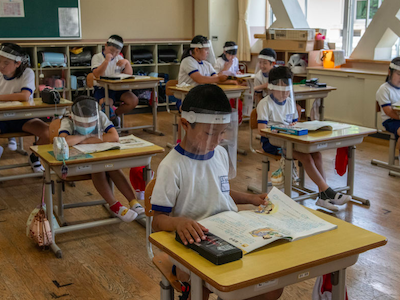
Back to Blogs

Ajit Bhandari
October 7, 2020
•General
Educational structures worldwide have been affected by the COVID-19 pandemic, contributing to the near-complete closing of schools, universities and colleges. Students can't figure out their subjects because of the coronavirus pandemic. The dates of tests and examinations have been modified by schools and all the studies have been moved online.
School closures not only have an effect on students, teachers and families. But they will have far-reaching economic and social implications In
This blog post has been reviewed by our editorial team.